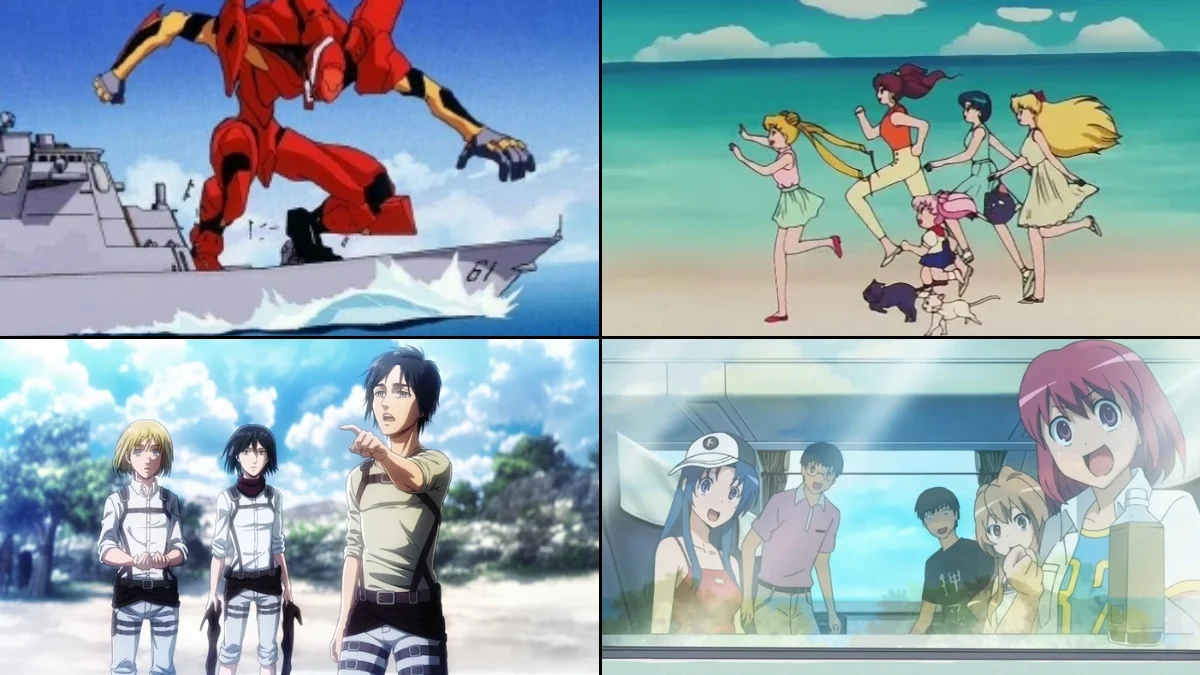
Beach episodes often do more than just entertain – they can actually move the story forward. These episodes frequently introduce important characters, resolve major plotlines with impactful scenes, or dramatically change how we see everything that happened before. This list highlights episodes where a beach setting, ocean voyage, or summer trip directly influences characters’ choices, intensifies conflicts, and provides satisfying resolutions to the series’ main story. Expect to find training sequences that boost characters’ abilities, crucial revelations made in isolated locations, and season finales that use the beach to symbolize a turning point. Ultimately, these episodes connect back to the overall story in a memorable way.
‘Attack on Titan’ (2013–2023) – “The Other Side of the Wall”

After reclaiming Wall Maria, the Scouts finally arrive at the ocean, achieving a long-held ambition first documented in old expedition reports. Seeing the ocean reveals the true extent of their limited world and changes the focus of the conflict – it’s no longer just about Titans. Eren’s response hints at what’s to come in the final part of the story, suggesting that the real enemies lie beyond the sea and are human. This episode concludes the story arc of Season 3 and introduces the global conflicts that will drive the remaining chapters.
‘My Hero Academia’ (2016– ) – “Izuku Midoriya: Origin”

Izuku’s training with All Might starts with a massive cleanup project: removing tons of debris from Dagobah Municipal Beach. This isn’t just about tidying up; it’s building the strength he needs to eventually wield One For All. Over months, the state of the beach visually represents his progress, and he finally receives the Quirk just before applying to U.A. High. This intense physical preparation is key to his survival during early fights and allows his body to handle the immense power. Throughout the beginning of the series, the beach serves as a reminder of how far he’s come.
‘The Melancholy of Haruhi Suzumiya’ (2006–2009) – “Remote Island Syndrome (Part 1)”

The SOS Brigade takes a trip to a remote island with a private beach, but their relaxing vacation quickly turns into a mystery that Haruhi believes they need to solve. This situation challenges Kyon to manage Haruhi’s unpredictable expectations without accidentally triggering her powerful, hidden abilities. The clues and relationships revealed on the island are crucial to understanding the story’s conclusion later on. The trip also highlights a recurring theme in the series: strange and unbelievable events happening while the group pretends to be just a normal club.
‘The Melancholy of Haruhi Suzumiya’ (2006–2009) – “Endless Eight I”

The series begins with a beach trip that unexpectedly throws a group into a time loop, forcing them to relive the same two weeks over and over – a total of 15,532 times. What starts as a typical summer – swimming, working, enjoying fireworks – becomes the very thing keeping them stuck. The details of this initial loop become crucial, giving the characters a foundation to understand what’s happening and search for a way to break the cycle. This beach day is therefore central to the show’s unique and complex structure.
‘Neon Genesis Evangelion’ (1995–1996) – “Asuka Strikes!”
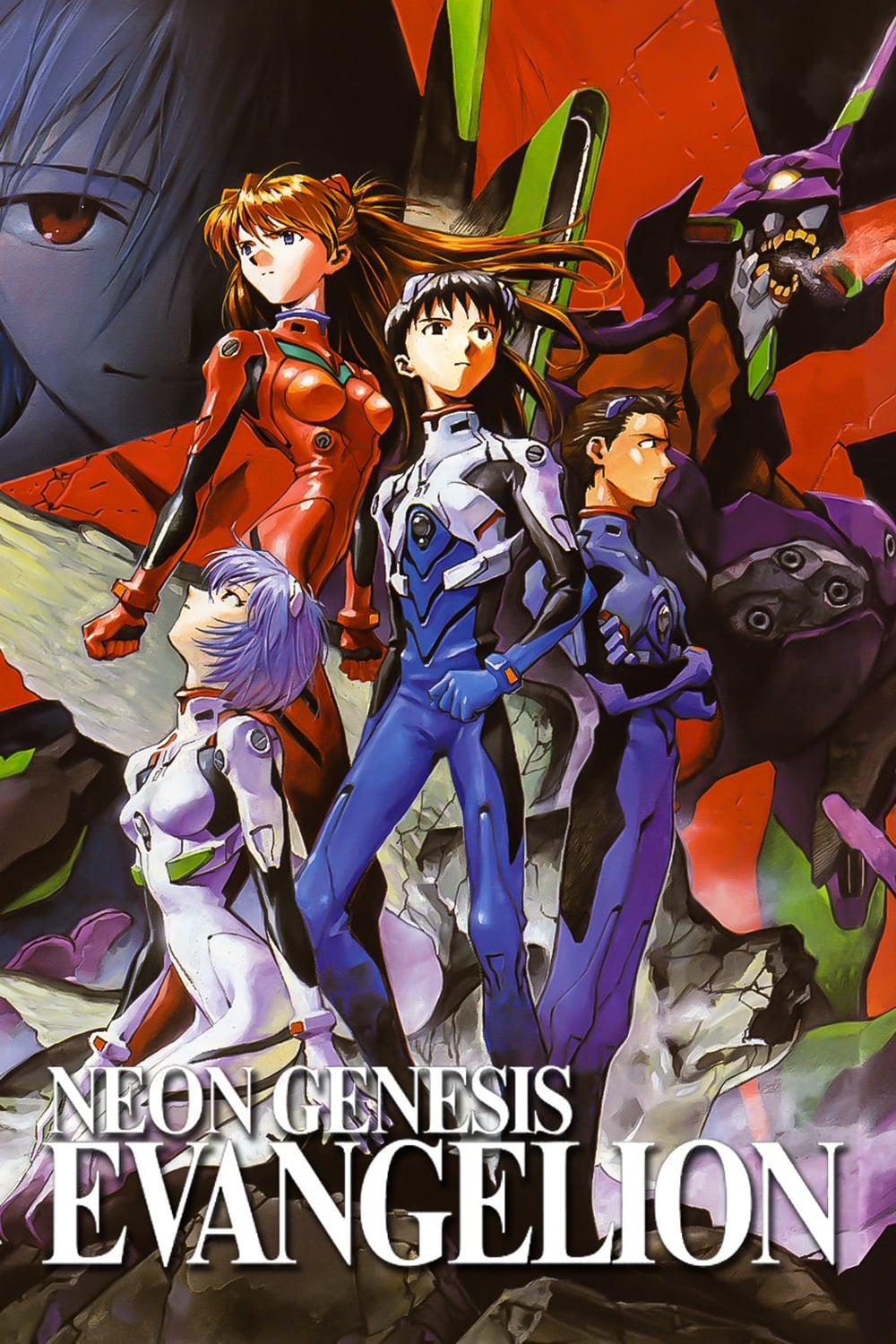
Asuka Langley Soryu is introduced during a sea battle that quickly moves to fighting an Angel on the shore. The episode shows how well she pilots her Eva, her rivalry with Shinji, and how Unit-02 is used in combat. The battle’s plan is affected by the ships involved, the danger to nearby civilians, and the challenges of the coastal environment. Asuka’s appearance changes the team’s lineup for future fights and leads NERV to rethink how to use multiple Evas at once.
‘Fruits Basket’ (2019–2021) – “I Can’t Believe You Picked It Up.”

The Sohma family’s beach vacation brings together several members affected by the Zodiac curse, intensifying existing conflicts. Away from their usual lives, characters grapple with the controlling influence of the family head and the emotional toll the curse takes on them. The isolated beach setting allows for crucial conversations and reveals that will deeply impact relationships and choices in future episodes.
‘Gurren Lagann’ (2007) – “Yoko, Will You Do the Honors?”

Okay, so Team Dai-Gurren finally stopped to catch their breath near the ocean, but of course, it didn’t last! They were immediately attacked by a new, powerful Beastman leader. The beach setting really threw a wrench in their usual fighting style – they couldn’t set up their big cannons like they normally do, which meant everyone had to think on their feet. It was cool seeing how quickly they adapted and how leadership roles started to change during the battle. Honestly, this episode felt like a turning point, showing how they were going to build alliances and how the war against the Spiral King was really going to escalate. It perfectly connected the smaller fights they’d been having with the much larger conflict to come.
‘K-On!’ (2009–2010) – “Training Camp!”

The Light Music Club travels to a beachside villa for a practice retreat, and quickly shifts from casual rehearsal to serious preparation for their upcoming shows. They balance practicing – checking equipment, assigning parts, and working on new music – with enjoying the beach, giving a realistic look at how the band works under pressure. This retreat establishes the band’s organizational process when facing deadlines, and many of the songs and arrangements developed during the trip are later performed in concert.
‘Toradora!’ (2008–2009) – “Ocean Blue”

The beach trip is designed to bring the characters together, forcing them to address issues they’ve been ignoring. Through carefully planned scenes – group activities, nighttime moments, and camera angles – the episode reveals changing relationships and brewing conflicts. The conversations – and silences – during this trip have a significant impact on the story, especially as it moves into the cultural festival and the consequences that follow. The beach provides a neutral space where these usually reserved characters begin to reveal their true feelings and intentions.
‘Grand Blue Dreaming’ (2018) – “Deep Blue”
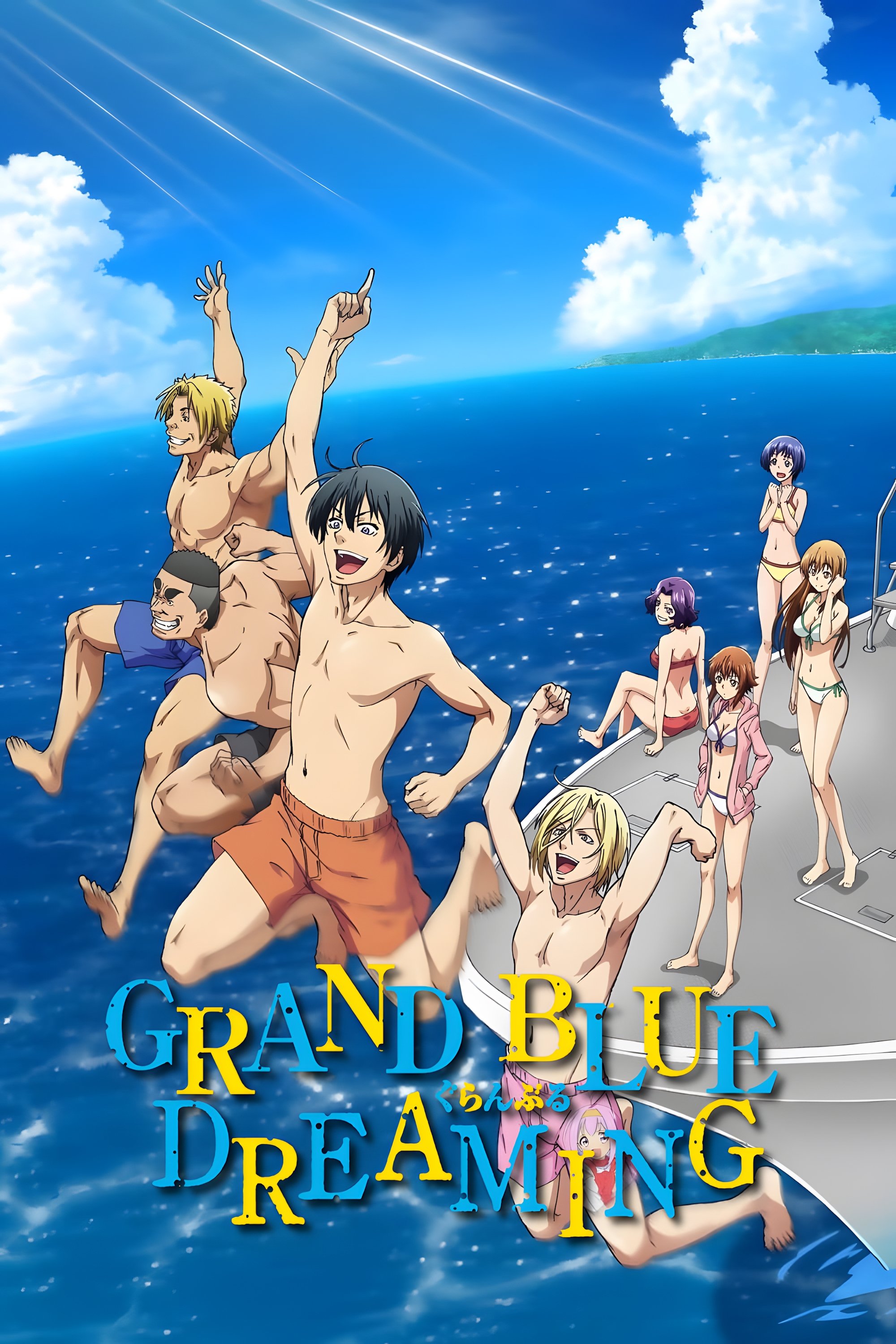
Set in a charming coastal town on the Izu Peninsula, this story begins with a humorous introduction to a diving club. It quickly shifts to teaching the essential skills for safe open-water diving, covering everything from basic equipment and buddy checks to the challenges of diving in the ocean versus a pool. As the characters learn to dive, their personal stories develop alongside their technical skills, building towards advanced certifications. The beach isn’t just a pretty location; it’s where the action happens and the core of the series unfolds.
‘Sailor Moon R’ (1993–1994) – “The Beach, the Island and a Vacation: The Guardian’s Fun Summer”
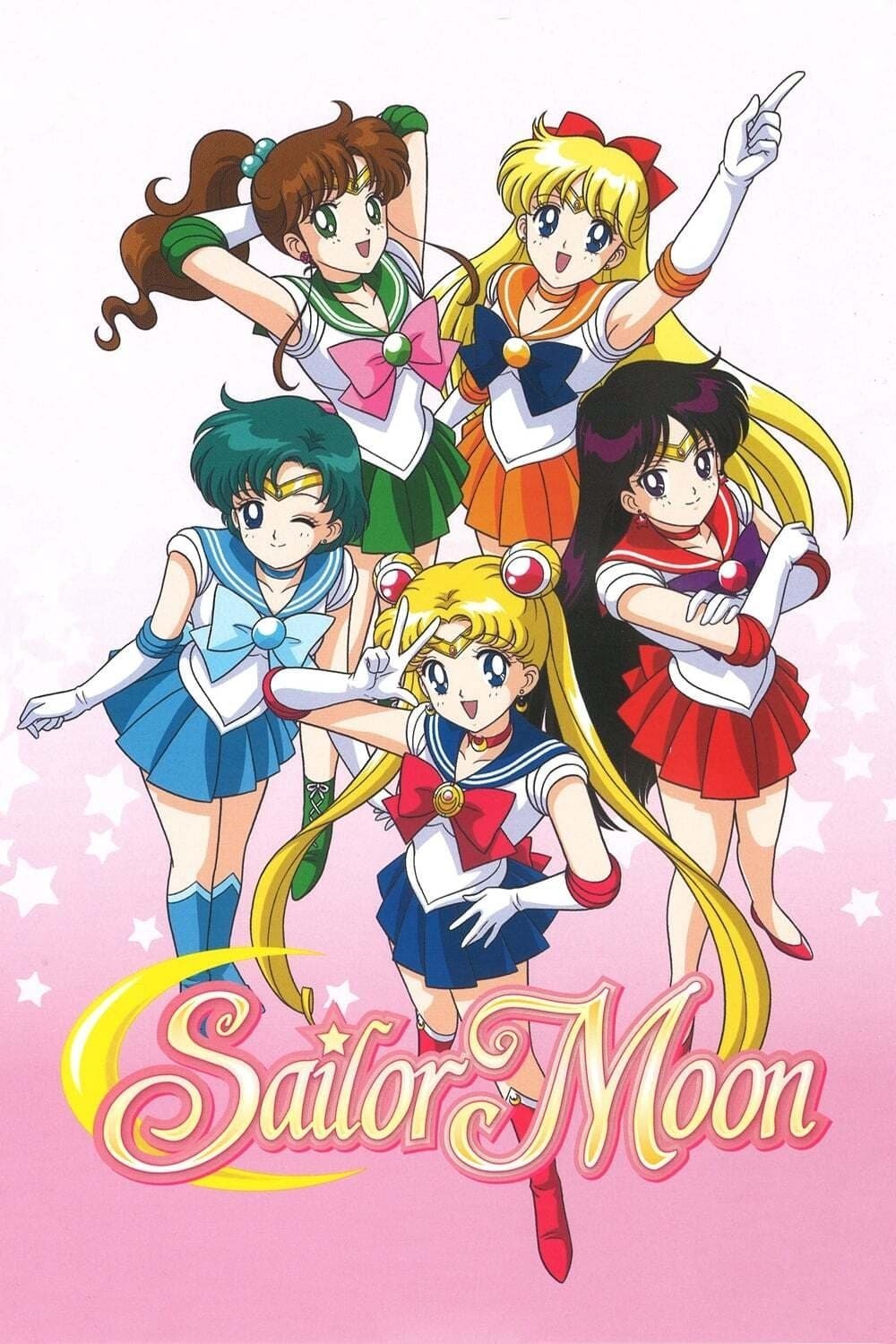
The Guardians’ relaxing island getaway quickly turns dangerous when they face off against the season’s villains. This fight proves threats are now following them everywhere, even outside of Tokyo. The battle along the beach adds extra challenges, like dangerous surroundings and the need to protect bystanders. The results of this encounter will help the Guardians grow stronger and learn more about their enemies as the story continues.
‘Sword Art Online II’ (2014) – “Debriefing”

It’s amazing to see Kirito and the others finally meet up in person, especially somewhere relaxing like the beach. It feels like they really needed a chance to piece things together after everything that’s been happening in the virtual worlds. This meeting isn’t just a break though; it’s where they’re figuring out how the dangers are bleeding over from the games into the real world. What they decide here will totally shape how we move forward with the next challenges and investigations. Honestly, it feels like this is a turning point – a moment where things are shifting from one specific game story into something much bigger and more connected.
‘Free!’ (2013) – “Memories in the Distance!”
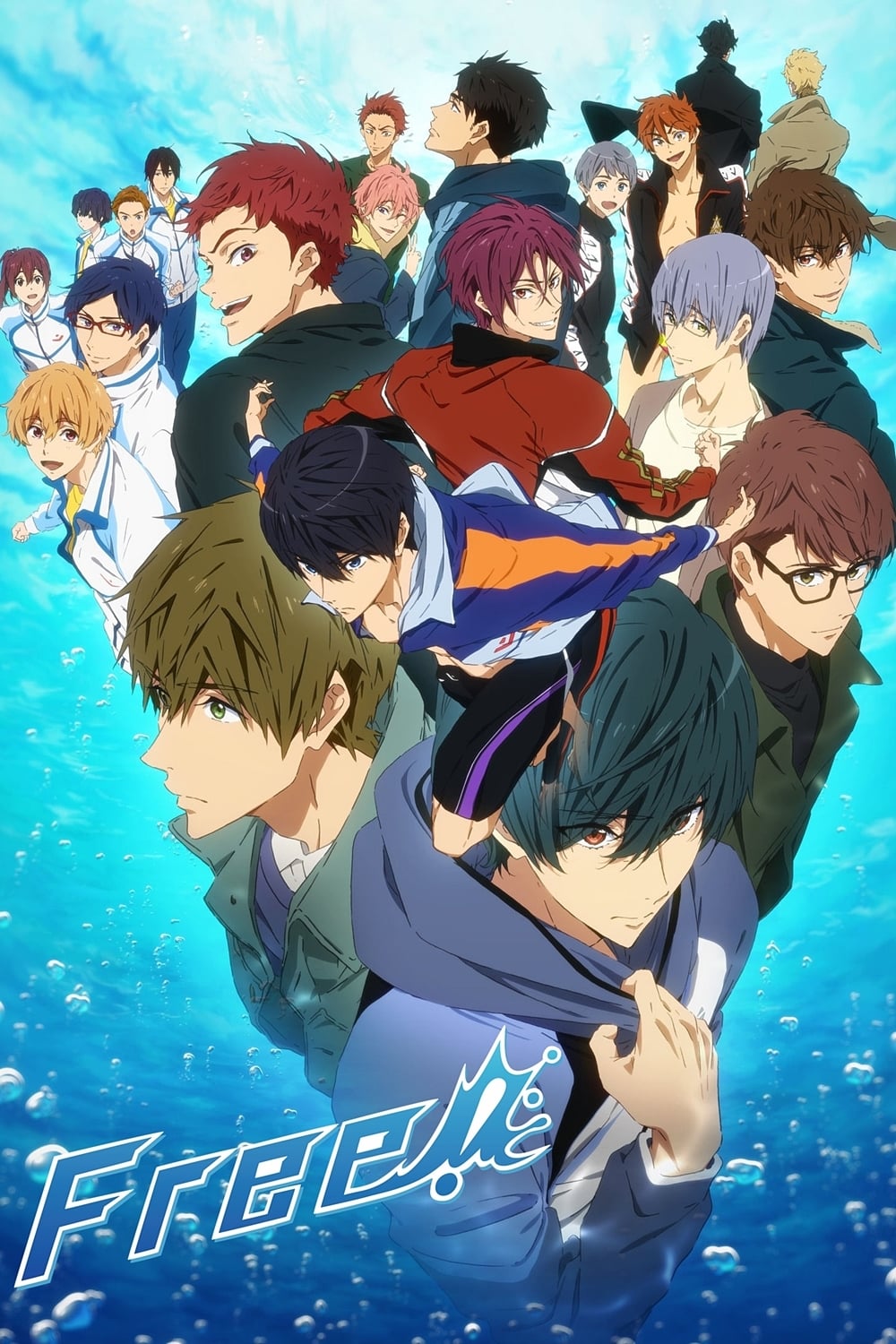
Training in the ocean challenged the relay team to adapt their speed and breathing to the unpredictable conditions of open water, which are different from a pool. This experience strengthened their communication and trust – crucial skills for competitions. Adjustments made during practice on the beach directly led to faster times in subsequent races. Ultimately, this event connected the athletes’ personal drive to their improved performance.
‘Love Live! School Idol Project’ (2013–2014) – “No Brand Girls”

The μ’s members head to a seaside training camp to focus completely on preparing for a crucial performance. They combine beach workouts with rehearsals, allowing them to improve as a team and quickly refine their routines. The camp results in concrete progress – like choosing songs, perfecting formations, and building stamina – which they’ll take into their next competition. This trip is a turning point, significantly boosting their chances of being seen as serious competitors.
‘Barakamon’ (2014) – “Guys From the Sea”
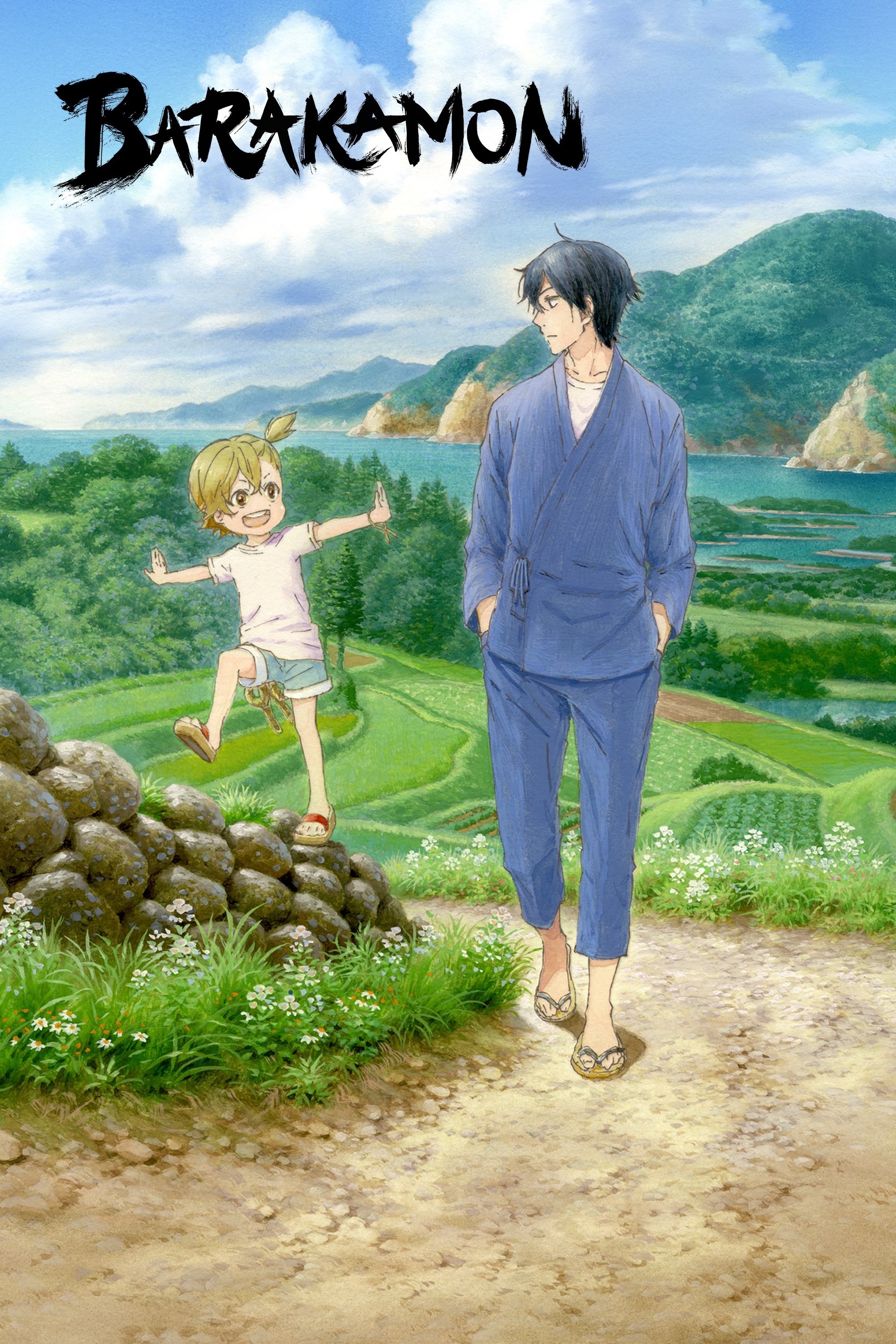
As a total film buff, I was captivated by how Seishu Handa’s peaceful island existence really blended with the energy of the beach in this episode. The local kids constantly dragged him into their playful beach games, and it was fascinating to see how those moments actually became the inspiration for his calligraphy. It wasn’t just about what he was creating, but how – the episode beautifully showed how the natural rhythms of the coast and the everyday life of the community completely reshaped his artistic process. You could see the textures and movements of the shore directly reflected in his work. It felt like a real turning point for him, moving away from striving for flawless technique and towards a more honest, place-based expression.
‘Eureka Seven’ (2005–2006) – “Blue Monday”
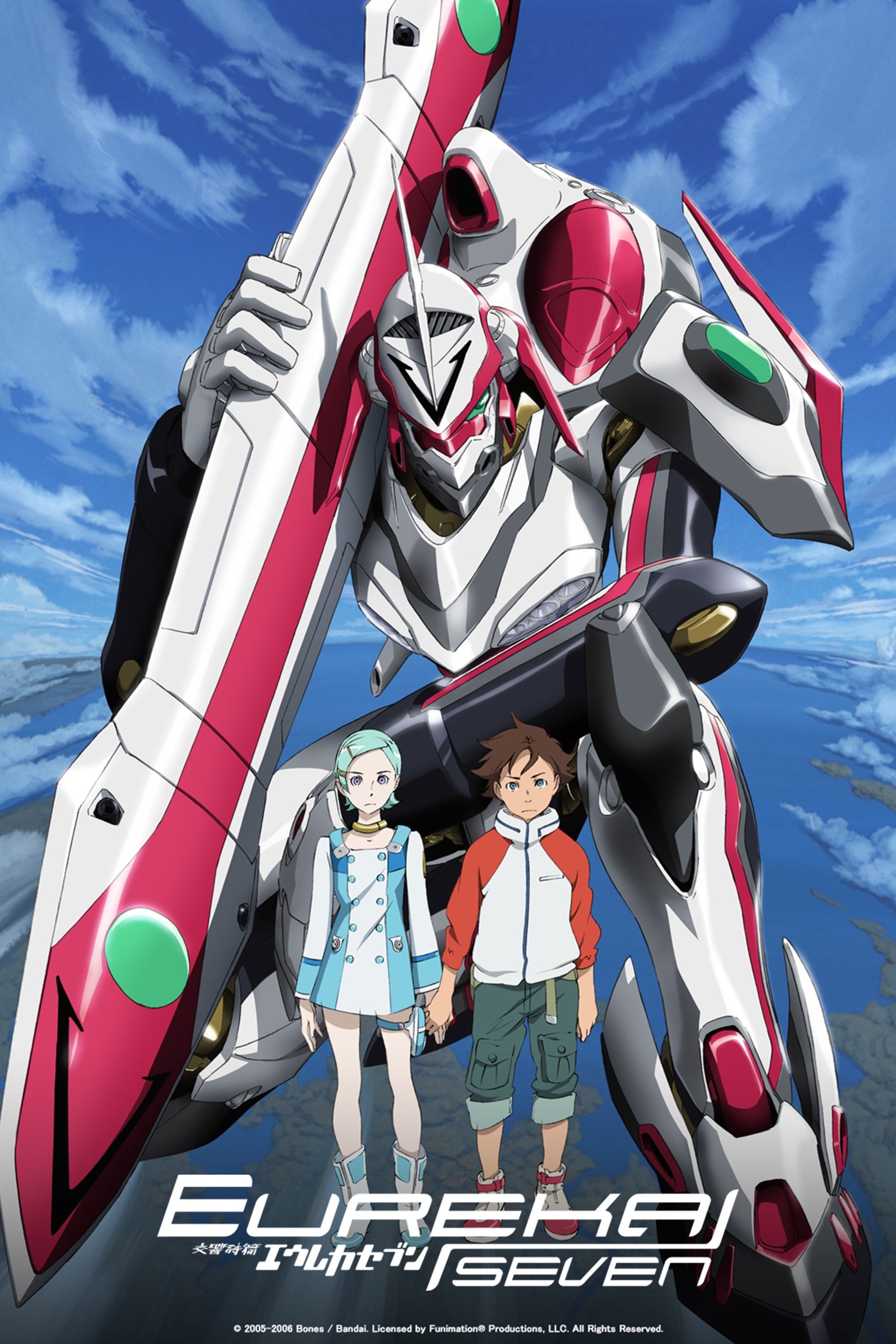
The crew of the Gekkostate finds temporary respite in a coastal town after a mission, but the impact of their work on local civilians is clear. While they gather supplies, make repairs, and negotiate, they also uncover crucial new information. This downtime allows them to prepare for their next challenge, solidify their alliances, and refocus their goals, offering a brief moment of calm before the storm.
‘Nagi-Asu: A Lull in the Sea’ (2013–2014) – “The Ofunehiki Shakes”
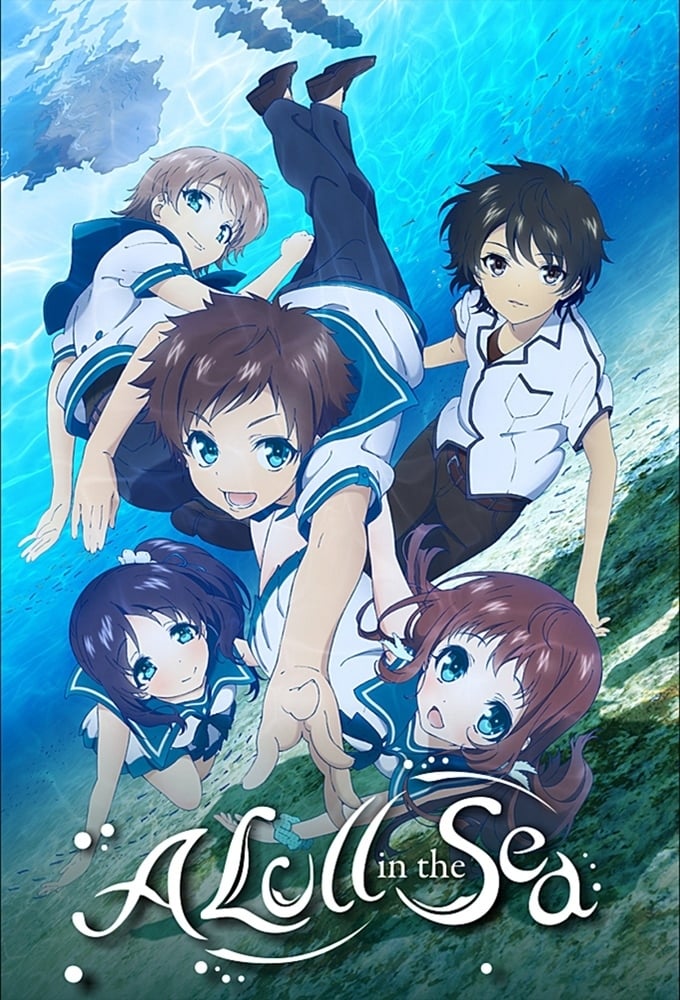
Conflict is rising between the town’s residents and those who live by the sea, coinciding with disruptions caused by a major festival and actual coastal changes. The harbor and beach become central locations for events that significantly impact the characters’ lives. The planning and execution of the festival, along with concerns about safety and the weather, drive the story forward and are closely linked to the realities of life by the ocean. The consequences of these events dramatically change relationships and set the stage for what happens next in the story.
‘Bleach’ (2004–2012) – “The Entry”

Early in the story, Ichigo’s training introduces a coastal location that illustrates how the spirit world and the human world are separated. This seaside setting makes it easier to understand the ways characters travel between worlds, which becomes important later on. The explanation of these rules at the beginning hints at the challenges the characters will face during both attacks and rescue missions. By showing these spiritual boundaries in a real, memorable place, the story makes its complex rules easier for both the audience and the characters to understand and remember.
‘One Piece’ (1999– ) – “Luffy Stands Up!”
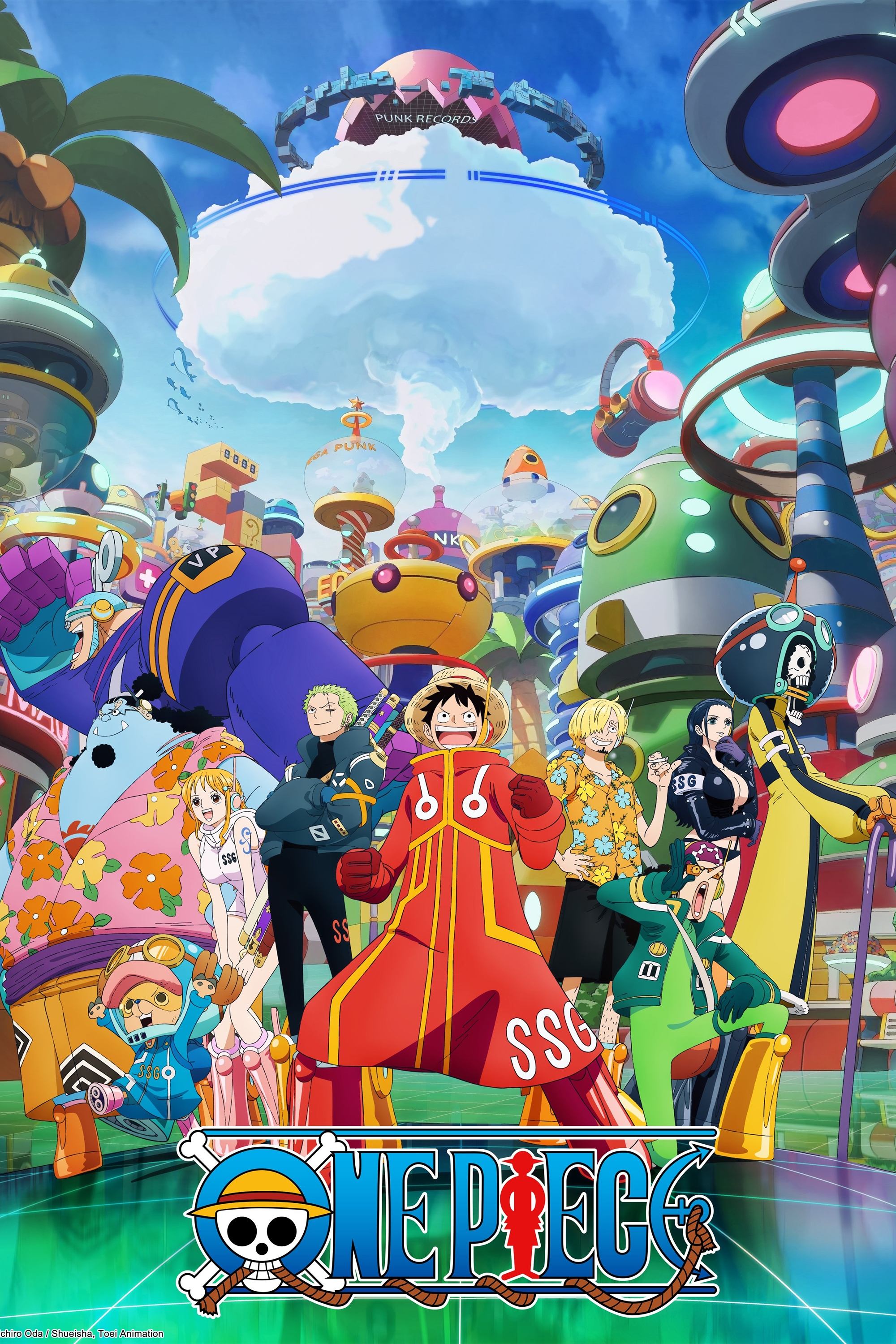
Near Cocoyasi, the Straw Hats’ involvement in Nami’s story shifts from a personal rescue to a large-scale battle. A gathering on the beach strengthens the crew’s determination and gains support from the villagers before they confront Arlong. Planning how to arrive, protect civilians, and potentially retreat all become important as the fight begins. This event is a key moment, establishing the Straw Hats as heroes who fight for freedom.
‘Hyouka’ (2012) – “The Juumonji Case: The Order of Rosy Fingers Is Bound With a Chain”
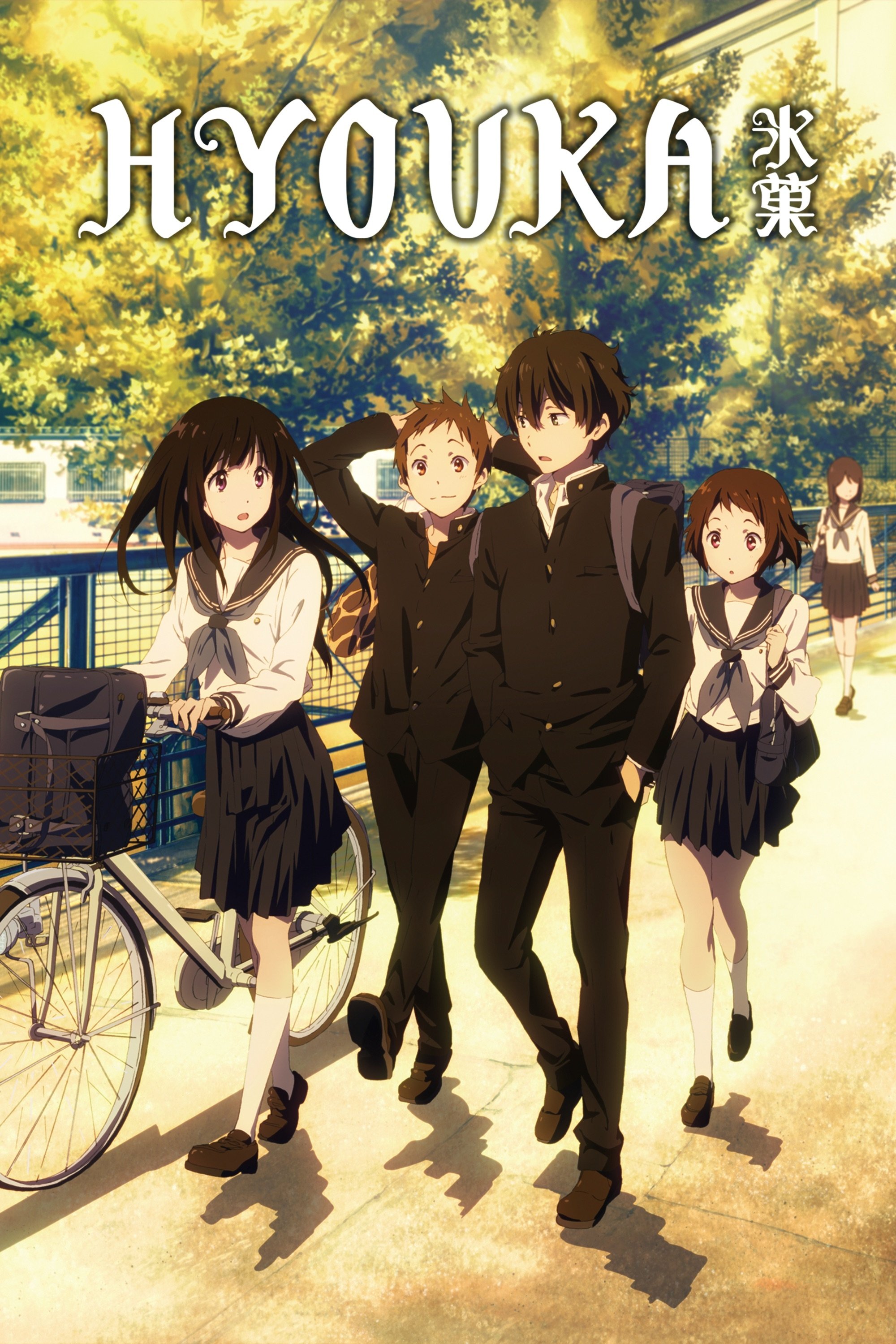
A fun summer club trip to the beach unexpectedly holds the key to solving a mystery connected to a student film. What the students notice during the outing become important clues that Houtarou uses to figure things out. The episode cleverly combines relaxation, film production logistics, and detective work. Ultimately, the mystery’s solution directly impacts how the film within the show is edited and its story is finalized.
Share your own picks for beach episodes that truly move the story forward in the comments!
Read More
- Robert Kirkman Launching Transformers, G.I. Joe Animated Universe With Adult ‘Energon’ Series
- The Unexpected Triumph of Novo Nordisk: A Dividend Hunter’s Delight
- Gold Rate Forecast
- Avantor’s Chairman Buys $1M Stake: A Dividend Hunter’s Dilemma?
- Ex-Employee Mines Crypto Like a Digital Leprechaun! 😂💻💸
- Top 20 Hilarious Conservative Comedians Ever, Ranked
- Группа Астра акции прогноз. Цена ASTR
- Сегежа акции прогноз. Цена SGZH
- Sadie Sink Spotted on the Set of ‘Spider-Man: Brand New Day’ for the First Time
- Most Famous Jackies in the World
2025-11-05 02:17